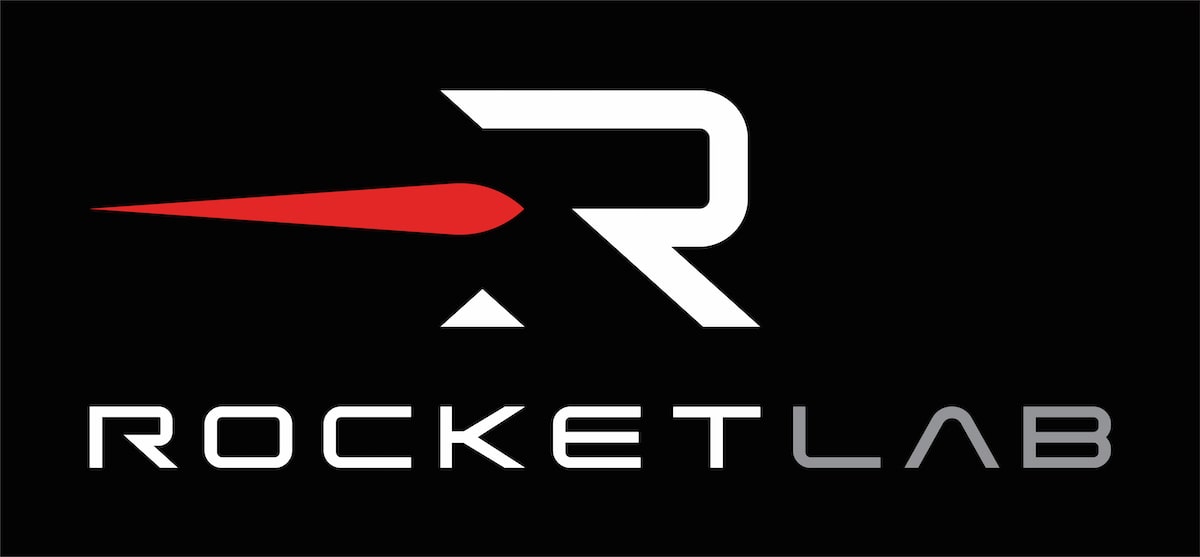8,000 KILOGRAMS TO LEO
1,500 KILOGRAMS TO MARS/VENUS
REUSABLE
OVERVIEW
HEIGHT 40 m / 131 ft
DIAMETER 7m
INTERNAL FAIRING DIAMETER 7m
PAYLOAD TO LEO 8,000 kg
MAX PAYLOAD TO LEO 15,000 kg
LIFT OFF MASS 480,000 kg
PROPELLANT LOX / Methane
Designed for mega constellation deployment, deep space missions, and human spaceflight
Efficient reusability - return to launch site
Captive fairing design allows for fully reusable first stage
and fairing
Lightweight specially formulated Rocket Lab carbon composite structure
PERFORMANCE
Neutron will feature the new Archimedes Engine
FIRST STAGE
7 Archimedes Engines
Lox/Methane G/G Cycle
Total Lift-off Thrust: 5,960 kN (1,300,000 lbf)
Total Peak Thrust: 7,530 kN (1,640,000 lbf)
SECOND STAGE
Single Vacuum Archimedes Engine
Lox/Methane G/G Cycle
Vacuum Thrust: 1,110 kN (250,000 lbf)



